
Kawasaki disease, or Kawasaki syndrome, is an autoimmune disease which typically affects children between 6 months and 5 years of age and is a consequence of systemic necrotizing medium-sized vessel vasculitis.
The syndrome develops in previously healthy children. The diagnosis can be set according to fever and additional symptoms and signs of the disease. This medical condition carries significant risk for coronary artery aneurysm and consequent heart attacks in case it is not diagnosed and treated on time. As a matter of fact Kawasaki disease is considered the most common cause of acquired heart diseases in children in the developed world.
Symptoms and Signs of Kawasaki Disease
As it has already been mentioned the disease occurs due to vasculitis, inflammation of the blood vessels. Therefore, the symptoms are related to this inflammatory process.
The first sign of Kawasaki disease is fever. It lasts approximately 5 days and is resistant to standard treatment with acetaminophen or ibuprofen. Along with fever there are several more clinical manifestations of the disease. The child develops bilateral nonpurulent conjunctivitis, iritis and bilateral anterior uveitis. Furthermore, there is an inflammation of the mucous membrane in the oral cavity and specific changes of the lips. Namely, the lips are red, cracked and there are signs of desquamation. The tongue is also red and resembles strawberry. Apart from the previously mentioned the child may also suffer from enlarged cervical lymph nodes. In fact, swelling of cervical lymph nodes may be the first sign of the disease.
The rash in Kawasaki disease is non-specific, polymorphic and it does not itch. It contains macular-papular erythematous and fissure skin lesions and in some patients there is also urticariform type of rash, purpuric or multiform- like erythema. As the disease develops there is even a chance of skin desquamation which typically affects genital area, hands and feet.
Systemic inflammatory changes may affect many organs and develop in a form of myocarditis, pericarditis, valvulitis, meningitis, pneumonitis and hepatitis. If the condition has led to the occurrence of coronary artery aneurysm a patients is at higher risk of developing a heart attack.
Treatment for Kawasaki Disease
The treatment for Kawasaki disease must start as soon as possible. Children are typically treated in hospital and are administered intravenous immunoglobulin (IVIG or gamma globulin) together with high-dose Aspirin. This is performed until the fever subsides. The dose of Aspirin is then altered and children are given lower doses of this medication for 6 to 8 weeks. In case that a child has developed abnormality of coronary artery he/she needs to be further monitored by a pediatric cardiologist.



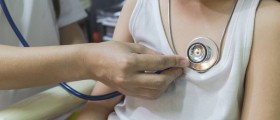
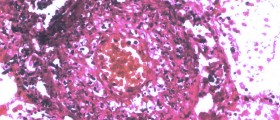



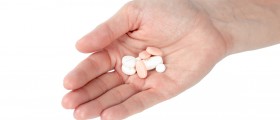


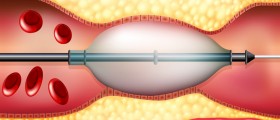
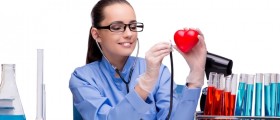


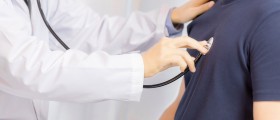
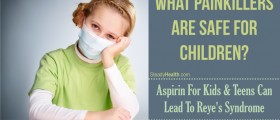
Your thoughts on this
Loading...